From the Judgment of Paris which was to lead to the Trojan War, our table only retains the election of Venus to the rank of most beautiful goddess among her peers. Showing off the Golden Apple with her slender fingers, the victorious goddess sends a seductive look to the spectator while Juno, undoubtedly a little jealous, seems to despise her rival. Only Minerva, perhaps indifferent to the outcome of this competition, looks away. Here, the image echoes the deep character of each goddess. Wearing a Greek helmet and dressed in a dress covering her shoulders, the modest Minerva appears more warlike than seductive, while Juno establishes her status as queen of Olympus with the brilliance of her pearl adornments and her crown. Like the shepherd Paris, the viewer is captivated by the subtle charm of Venus. Not giving in to vulgarity, the painter suggests the erotic power of the goddess of love through fine lace which allows a glimpse of her chest. Through the intelligence of his composition, our artist frees himself from anecdote and establishes a narrative based on passions and the fertile moment rather than on iconographic profusion. This refined solution is freely inspired by that adopted by Hans von Aachen in a similar painting dated 1593 (Museum of Fine Arts, Boston). However, the design and coloring of our work testifies to a southern sensitivity which distances us from the mannerism of the Prague school in favor of that of the second school of Fontainebleau "which gave so much to joy, to frivolity, voluptuousness, at the same time as learned discourse and rare forms” according to André Chastel. If Italian artists (Rosso Fiorentino, Primaticce) marked the beginnings of this school, the second movement which emerged during the reign of Henry IV was dominated by Flemish artists who fully assumed the heritage of the Italian Renaissance. Among the latter, Ambroise Dubois prefers centered and symmetrical compositions, without exaggerated oblique dynamics, like our painting. It finds its inspiration in ancient and mythological scenes as evidenced by the immense cycle of the Gallery of Diana created for Queen Marie de Medici. Also the author of easel paintings, Dubois knew how to surround himself with numerous assistants among whom could be the author of our painting. In this regard, the Metropolitan Museum in New York attributed a small gouache imitating our composition to a French artist active around 1600.
Our Judgment of Paris is presented in a 17th century carved and gilded wooden frame, Carlo Maratta model.
Dimensions: 47 x 63.5 cm at sight; 64 x 81 cm with frame.
Biography: Little is known about the youth of Ambroise Dubois (Antwerp, c. 1543 – Fontainebleau, c. 1615), other than that he could have trained in the workshop of Frans Floris. When he arrived in France around 1573, the Fontainebleau construction sites were at a standstill because of the wars of religion. Rosso Fiorentino, Primaticce and Nicolò dell'Abbate have already died. Only Ruggiero de Ruggieri remained as an Italian artist, with whom he probably completed his training. Following the coronation of Henry IV in 1594, everything came to a head: the decorative projects at Fontainebleau were relaunched and Dubois participated alongside Toussaint Dubreuil who was the project manager. Following the latter's death in 1602, Ambroise Dubois became the main artist on the Fontainebleau construction sites, having received the status of "ordinary painter of the king and queen". He continued to be very active until 1615, the presumed date of his death. Both promoter and successor of the Italian founders of the Fontainebleau school, the rise of Dubois attests to the profound changes which took place thanks to the Flemish painters. Drawing on their own sensitivity, these artists contributed to making the Bellifontain style one of the most successful and original manifestations of Mannerism.
Bibliography:
- CHASTEL, André, L'École de Fontainebleau, (exp. cat., Paris, Grand Palais, October 17, 1972 - January 15, 1973), Paris, Editions des Musées nationaux, 1972.
- GRIMAL, Pierre, Dictionary of Greek Mythology and Roman, Paris, PUF, 2002.
- WIRTH, Stanislas, Ambroise Dubois: a master of the Fontainebleau School, Saint-Rémy-en-L'Eau, Monelle Hayot, 2022.








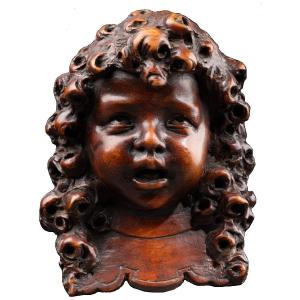

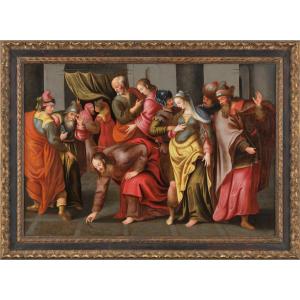

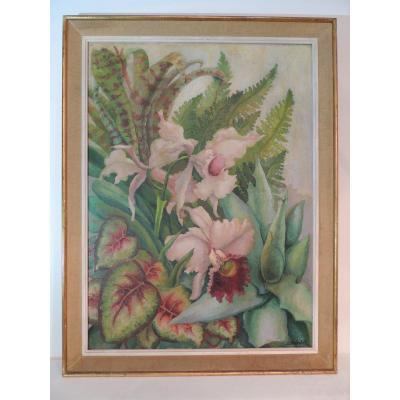
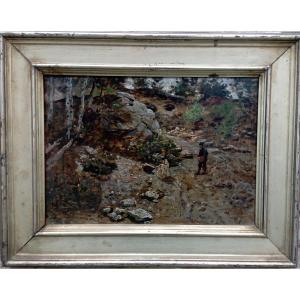
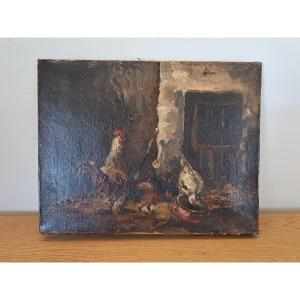

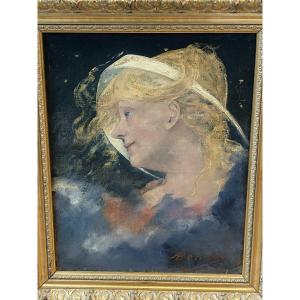





 Le Magazine de PROANTIC
Le Magazine de PROANTIC TRÉSORS Magazine
TRÉSORS Magazine Rivista Artiquariato
Rivista Artiquariato
